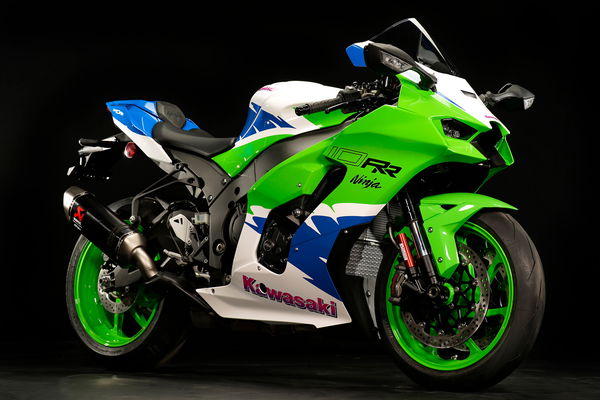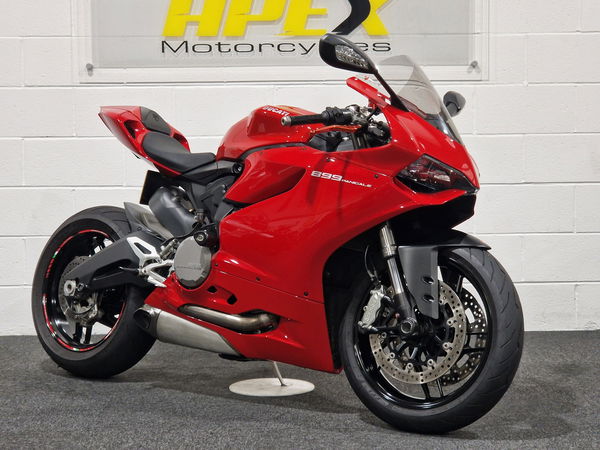The BMW M1000 XR is a bonkers 200bhp hyper adventure bike
The faster, lighter, slicker XR is set to take on the new Ducati Multistrada V4 RS, but for a lot less money
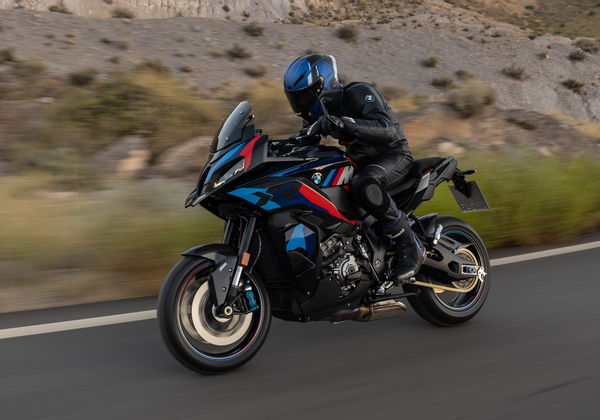
With the new Ducati Multistrada V4 RS and now this, BMW’s hugely anticipated M1000XR, 2024 is quickly shaping up to be the year of the ‘adventure hypersports’
And, with the new ‘M’ version of the XR boasting not only the ‘full-bore’ 201bhp S1000RR engine but also aero winglets, a ‘high-tilted’ Akrapovic slip-on exhaust, a slimmed down rear end and more, it looks set to not only give the 180bhp RS a run for its money it could well set the new benchmark for the adventure sports class.

The M1000XR is the third ‘M’ model from BMW Motorrad, joining the M1000RR and M1000R super naked since the German marque introduced the previously car-focussed performance ‘M’ designation to its bike range at the end of 2018.
“The M1000XR – M XR for short – has been tuned to meet the specific requirements of a long-distance sports bike,” said Dominik Blass, M1000XR Product Manager. “The riding dynamics speak for themselves, both on the country roads as well as on the racetrack and on long-distance journeys.”
At its heart, of course, is the uprated engine and improved performance. The familiar 999cc four-cylinder engine is based on that of the S1000RR, but slightly modified. Peak power is 201bhp at 12,750rpm, 31bhp more than the standard (but also revised for 2024) S1000XR, while peak torque is 83.3lb ft at 11,000 rpm.
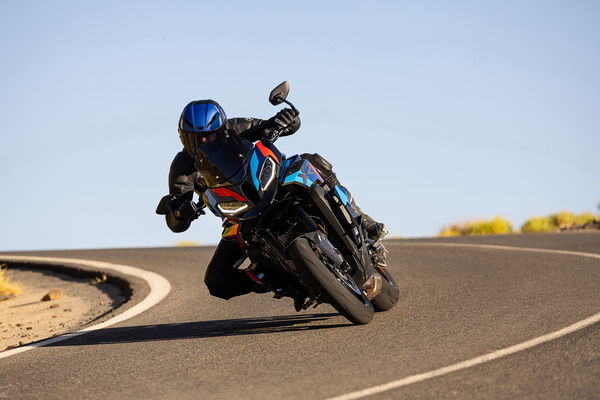
Acceleration is further aided by revised gearing. The M1000XR has a shorter secondary gear ratio than the S version thanks to the use of a 47-tooth rear sprocket in place of the S XR’s 45. In addition, the 4th, 5th and 6th gear ratios are now shorter compared to the S 1000 XR, which is also claimed to benefit traction at the rear wheel, acceleration and pulling power.
Another key feature of the new M XR is its MotoGP-style winglets on the front side panels designed to improve stability at high speed. BMW say that from a speed of about 100kmh (62.5mph) they increase loading on the front wheel due to the aerodynamic downforce generated riding to approximately 12kg at 220kmh (137.5mph).
Elsewhere, there's a host of special ‘M’ performance parts with many more available as optional extras. Standout examples of the former are the uprated ‘M’ brakes, which stand out most due to their blue anodised calipers together with two 320mm discs which are just 5mm thick and are operated by a new radial master cylinder.

The wheels, too, are special, being lightweight forged aluminium as standard but with M carbon wheels also available as part of the optional M Competition package.
There are sportier, flatter handlebars with laser-etched ‘BMW M XR’ lettering; there’s an adjustable steering damper as standard and sporty bar-end mirrors are available as an optional extra.
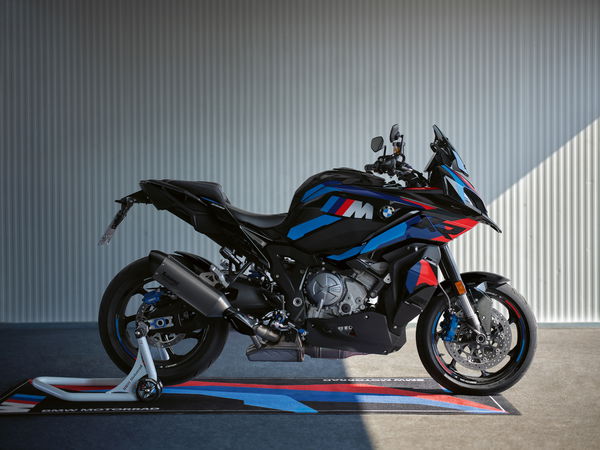
The optional M Competition package also includes carbon wheels, carbon rear wheel cover with integrated chain guard, side panels, front wheel cover, inner cover and ignition/steering lock cover, which all shave 3kg off the weight, as well as fully-adjustable footrests.
Most of the rest of M XR is the same as the updated-for-2024 standard S1000XR. The base M XR comes in white and starts at £22,580, nearly £10,000 cheaper than the Multistrada V4 RS. The M Competition package version is in black metallic with red and blue highlights. Availability has yet to be announced.
